Mobile SEO Checklist __ A Complete Guide
Updated : January 30, 2025

Mobile SEO refers to optimizing your website to ensure it performs well on mobile devices, offering a seamless user experience and meeting search engine requirements. With over half of global web traffic coming from mobile devices, it plays a critical role in improving rankings, user engagement, and overall site performance. In this blog, we’ve compiled a comprehensive Mobile SEO Checklist to guide you through essential steps for optimizing your site, boosting its visibility, and ensuring consistent navigation across all devices.
How to Use This Mobile SEO Checklist
To help you tackle mobile SEO step by step, we’ve broken this checklist into easy-to-follow sections, each focusing on a key area of mobile optimization:
- Mobile-Friendly Design
- Page Speed Optimization
- Mobile Usability & Navigation
- Mobile Content & On-Page SEO
- Local SEO Optimization
- Technical SEO
We recommend working through all of these areas for a complete mobile SEO strategy. However, we understand that everyone’s needs are different. Depending on your current situation or what’s most urgent for your site, you might want to prioritize certain sections, such as IT Consultation, over others.
Basic Mobile SEO Practices Checklist
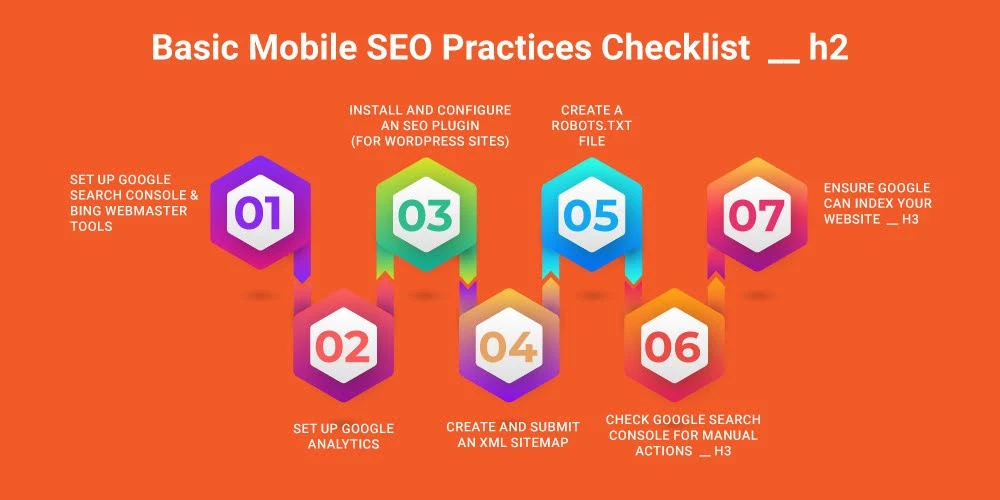
These foundational practices are important for setting up your mobile site for SEO success. Skipping them can make it much harder for search engines to crawl, index, and rank your pages.
1. Set Up Google Search Console & Bing Webmaster Tools
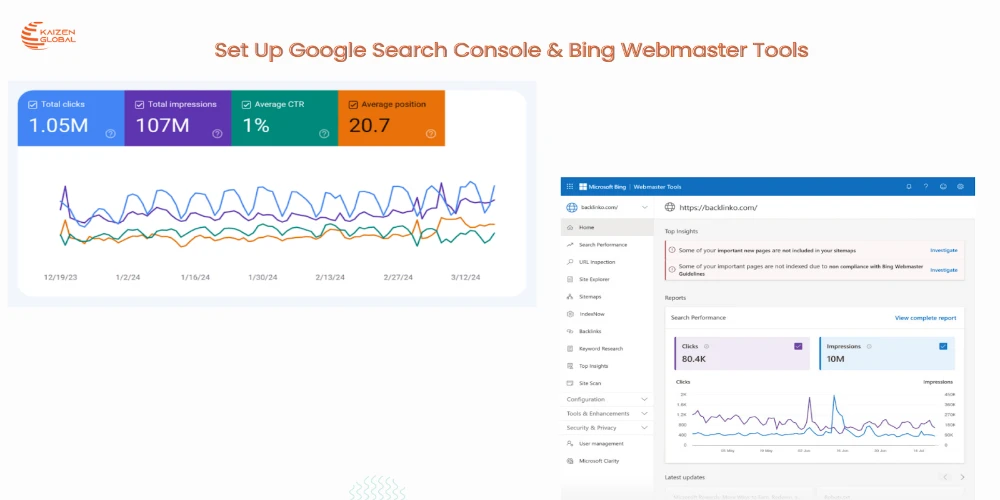
Set up Google Search Console (GSC) and Bing Webmaster Tools to optimize your mobile website online for search engine optimization. These vital tools help screen how search engines like Google and Yahoo view your cell site, discover crawl errors, and sing your overall performance in cellular seek effects. GSC allows you to detect troubles like mobile usability mistakes and gradual web page loading times, while Bing Webmaster Tools gives similar insights to improve mobile website performance. By putting in each gear, you will gain the necessary visibility to optimize your cellular web page correctly and understand insights like How Long Does Local SEO Take?
2. Set Up Google Analytics
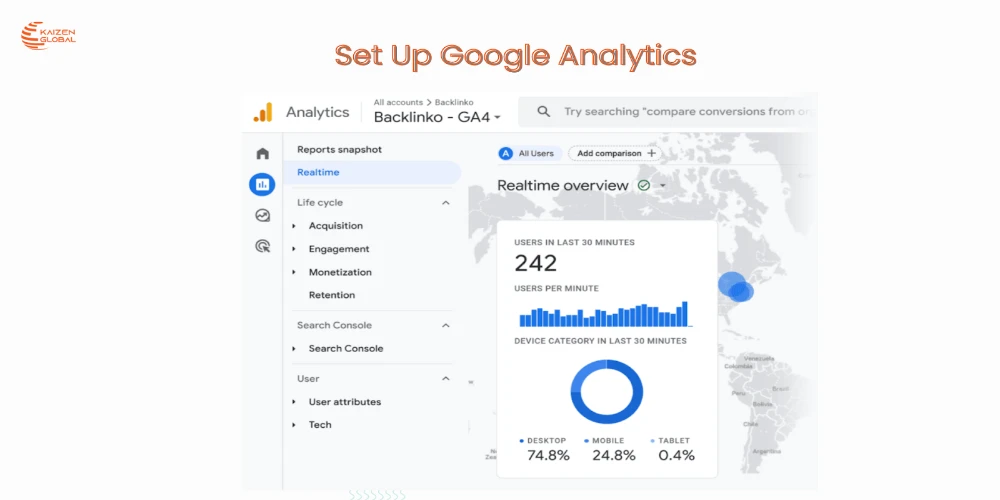
Installing Google Analytics four (GA4) is essential for tracking your cellular web page's site visitors, bounce quotes and user behaviour. With GA4, you could tune mobile-specific metrics, including which pages generate the most mobile visitors and analyze how users interact with your web page on their phones. These facts help you perceive areas for development and optimize a person's enjoyment, ultimately leading to higher cell performance and better rankings in seeking consequences. Additionally, insights from analytics can inform broader strategies, such as understanding trends like Crowdsourcing Vs Crowdfunding, ultimately leading to higher mobile performance and better rankings in search results.
3. Install and Configure an SEO Plugin (For WordPress Sites)
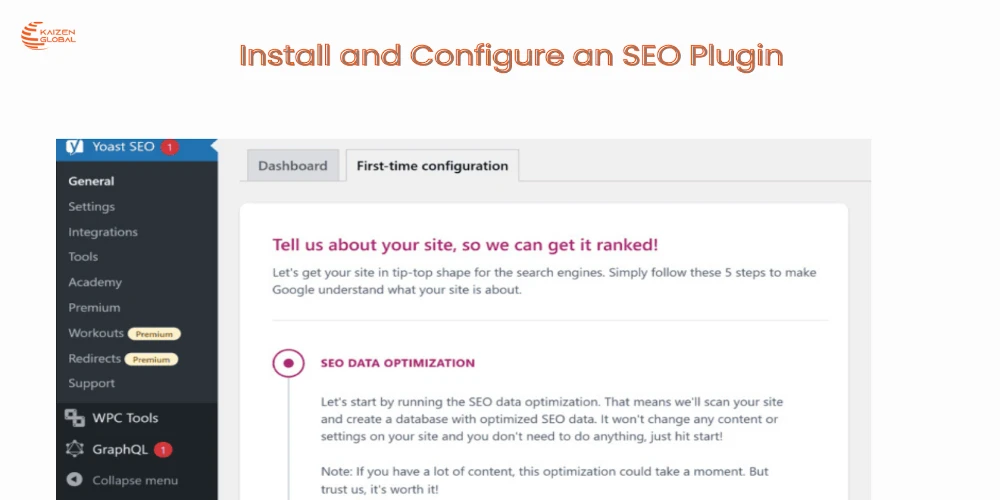
If you're using WordPress, a search engine optimization plugin like Yoast SEO or Rank Math can simplify your cellular SEO efforts. These plugins provide essential functions for optimizing your web page for mobile-first indexing, including name tags, meta descriptions, XML sitemaps, and schema markup. By configuring a search engine marketing plugin, you may ensure that engines like Google can quickly move slowly, index, and rank your mobile pages, improving your standard cellular search engine marketing approach.
4. Create and Submit an XML Sitemap
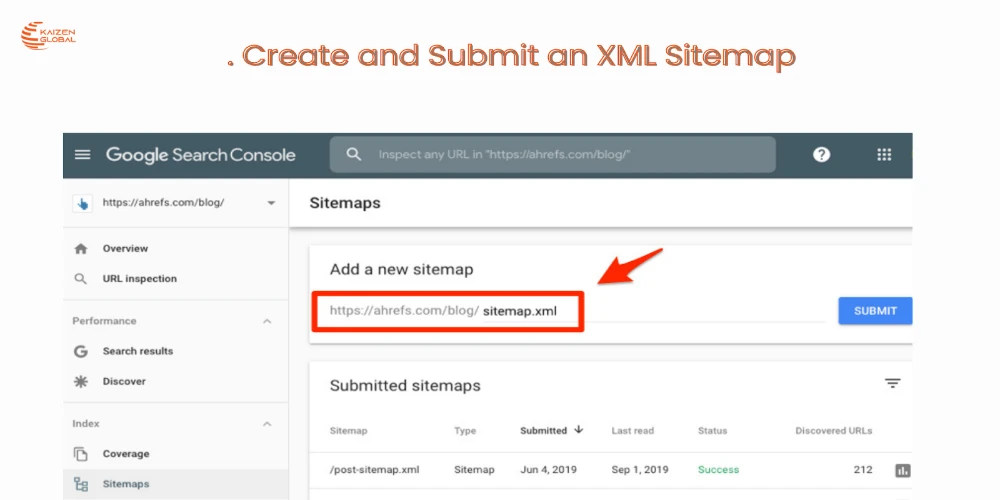
An XML sitemap is crucial for ensuring that search engines properly index all your mobile-friendly pages. It is a roadmap that guides search engines to your most important content. If you're using a WordPress plugin, it likely generates your sitemap automatically. Otherwise, you can use tools like Sitemap Generator to create one. Once generated, submit your sitemap to both Google Search Console and Bing Webmaster Tools to ensure efficient indexing of your mobile pages.
5. Create a Robots.txt File
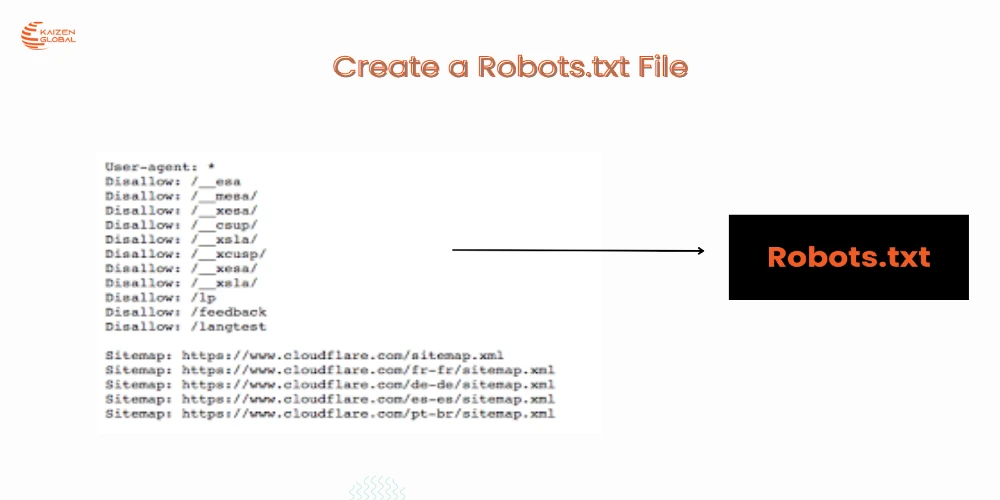
A robots.Txt report tells search engines like Google and Yahoo which pages for your web page ought to be crawled or excluded from indexing. Ensure that your robots.Txt document is configured correctly to save search engines like Google and Yahoo from accidentally blocking essential cellular pages. Regularly audit the report to avoid any issues affecting the visibility of your cellular site or seeking effects. It is vital to ensure that engines like Google can get the right of entry to critical pages without encountering errors.
6. Check Google Search Console for Manual Actions
It’s essential to test Google Search Console often for guide movements that might affect your cellular website’s online rankings. Manual actions are consequences that Google applies to sites that violate its pointers, including spammy content material or unnatural hyperlinks. If you find any guide moves, cope with the problems immediately to avoid a destructive impact on your search scores and ensure your mobile site remains optimized for search engine optimization.
7. Ensure Google Can Index Your Website
For your cell pages to appear in Seek Effects, Google has to be able to index them. Issues like noindex tags, damaged links, or negative mobile user experience can prevent your pages from being indexed. Use the Google Site Audit device to test for any indexing issues, ensuring that your pages are properly crawled and indexed for mobile-first indexing. This is essential for improving your visibility in mobile search consequences.
Keyword Research Checklist for Mobile SEO Success
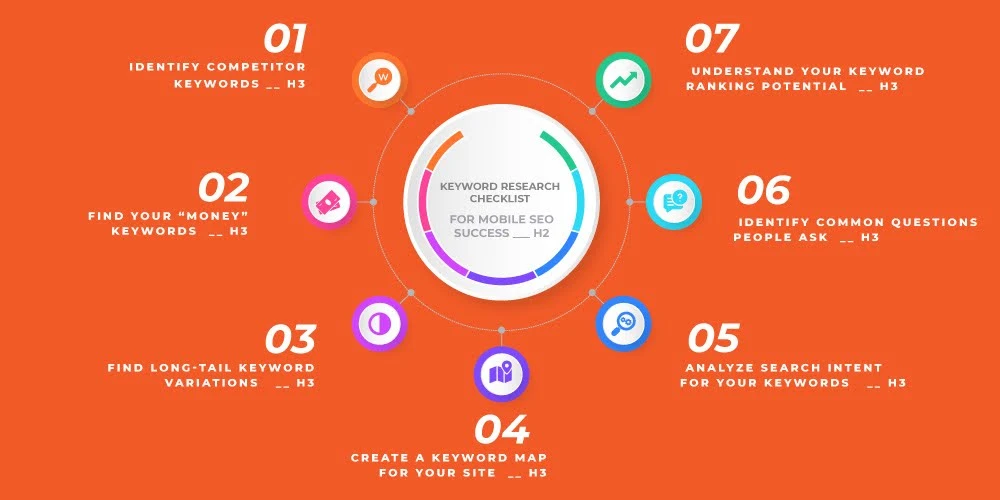
Keyword research is one of the most important steps in any SEO strategy. By understanding what your target audience is searching for, you can optimize your content to meet their needs and improve your rankings.
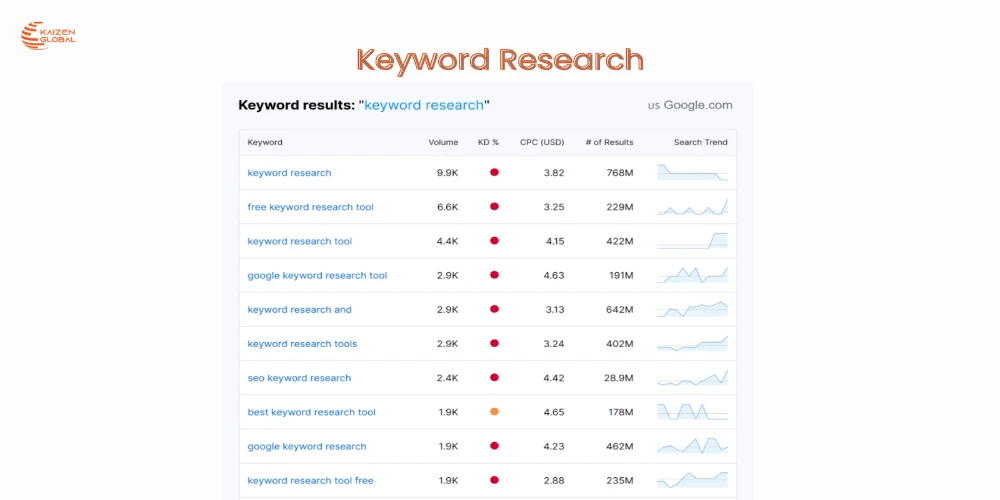
-
Identify Competitor Keywords
To kick off your keyword studies, begin by reading what key phrases your competition is targeting. This will give you insight into what’s already working in your industry and assist you in identifying precious opportunities.
How to try this:
Use Semrush’s Keyword Gap Tool to compare your website in opposition to up to 4 of your competitors. This will show you which key phrases your competition is ranking for and which you aren’t—those are your “lacking” keywords. You’ll also see which key phrases you rank for. However, your competition performs better—these are your “vulnerable” keywords.
Pro Tip:
By targeting those keywords, you may alter your strategy and try to claim some of the visitors your competition has become.
-
Find Your “Money” Keywords
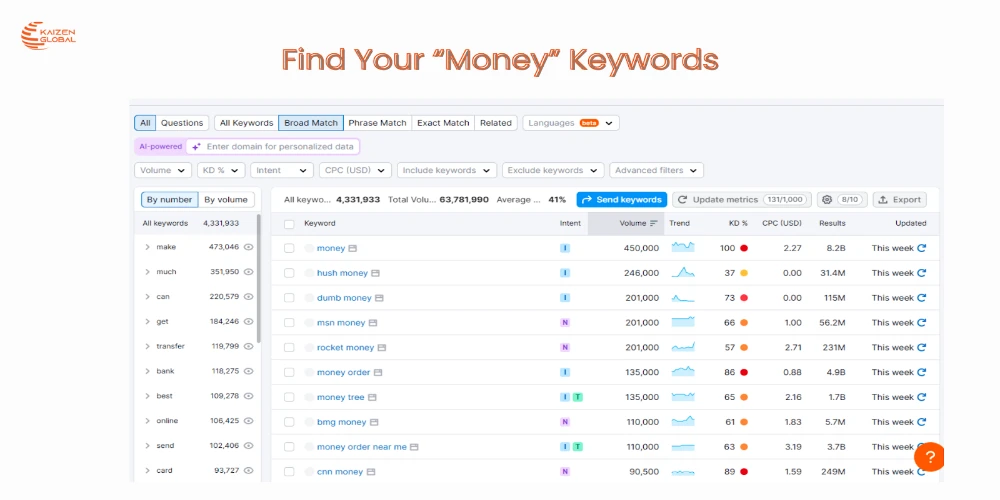
Next, you want to pick out your "money" key phrases—the high-value terms that, without delay, relate to your services or products. These key phrases frequently have excessive seek volume and competition, but they can force tremendous business results.
How to try this:
In Semrush, use the Domain Overview tool to analyze your area or that of your competitors. Look at the "Top Organic Keywords" segment to become aware of keywords driving visitors to your website (or your competitor's web page). Focus on people with transactional search motives—phrases that show a clear purpose to make a buy or take a specific action.
Why it matters:
These high-impact keywords will help drive applicable, qualified visitors to your website, leading to greater conversions and better results.
-
Find Long-Tail Keyword Variations
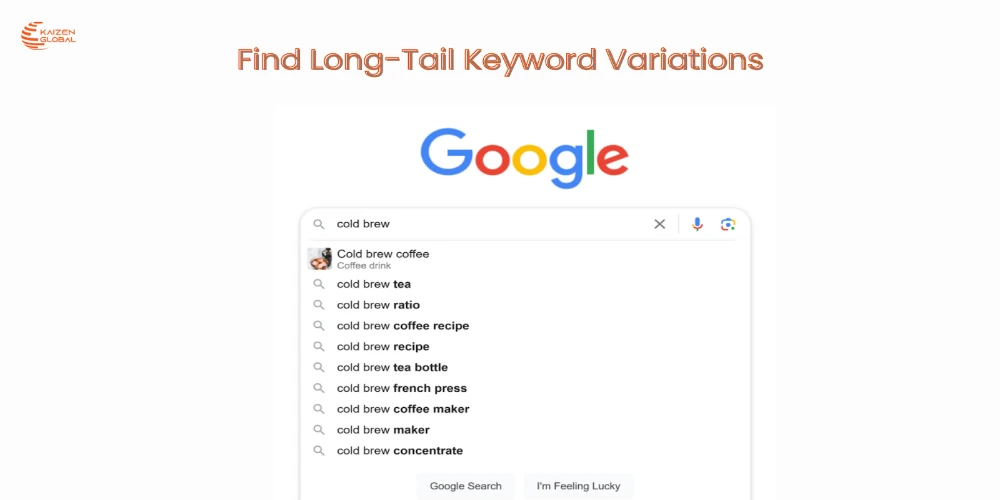
While excessive-quantity keywords are crucial, remember long-tail keywords. These longer, more unique search terms often have lower search extent but can cause better conversion rates because they attract more centred customers.
How to try this:
Start with a first-rate keyword (e.g., "tomato plant") and use Semrush's Keyword Magic Tool to locate long-tail variations. You can refine your effects by checking "Broad Match" and filtering via search volume and keyword problem. Pay precise attention to the "Questions" clear out for valuable long-tail queries phrased as questions.
Why it topics:
Long-tail key phrases are more accessible to rank for, and because they regularly have a higher rationale, they tend to convert better. Use them to target areas of interest topics or solve unique consumer queries on your content.
-
Create a Keyword Map for Your Site
Once you've gathered your target keywords, it's time to organize them and assign them to specific pages on your site. This process is known as keyword mapping.
How to do this:
Use the Keyword Magic Tool again to identify related keywords. Export the list and group them by search intent (e.g., informational, transactional, navigational). For example, if you're targeting "buy tomato plants," you might also want to target "how to plant tomatoes" for an informational blog post.
Then, organize the keywords by page type—one for each blog post, product page, or category page. This helps ensure that each page on your site is optimized for a unique set of keywords.
Why it matters:
Keyword mapping helps you avoid keyword cannibalization (where multiple pages compete for the same keyword) and ensures your content targets the right keywords for each page type.
-
Analyze Search Intent for Your Keywords
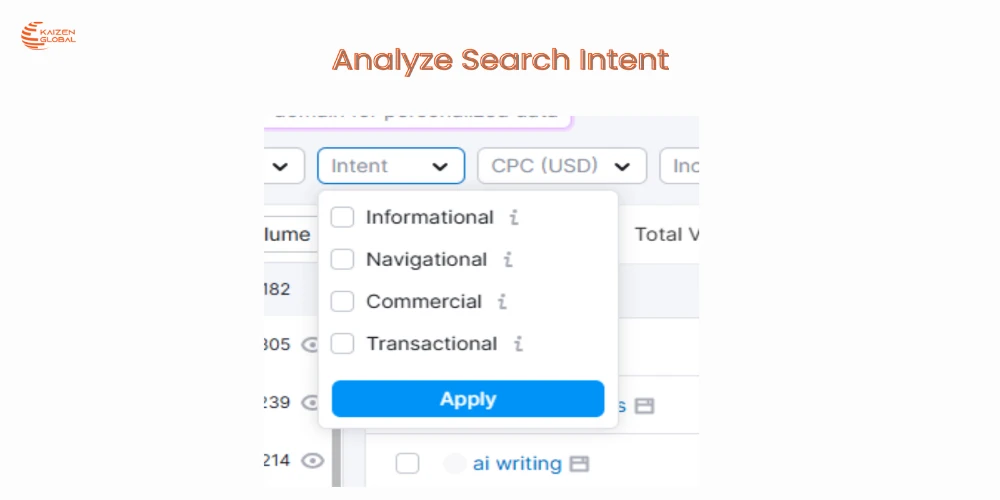
Understanding the search intent behind a keyword is crucial to creating content that aligns with what users are looking for. There are four main types of search intent:
- Navigational: Users want to find a specific page or website.
- Informational: Users want to learn something (e.g., “how to grow tomatoes”).
- Transactional: Users are ready to act, such as purchasing (e.g., “buy tomato seeds”).
- Commercial: Users are comparing options and preparing to make a purchase decision.
How to do this:
Use the Keyword Overview tool to understand the search intent behind your chosen keywords. Check the “Intent” label, which tells you whether the keyword is informational, transactional, or something else.
Why it matters:
Matching your content to the search intent of the keyword is crucial for ranking well. Your content should educate the reader if you’re targeting an informational keyword. If it’s transactional, your content should include clear calls-to-action (CTAs) to drive conversions.
-
Identify Common Questions People Ask
People often turn to search engines to ask questions. By identifying these questions, you can create content that directly addresses what your audience is curious about. This can help you rank for Featured Snippets, People Also Ask boxes, and other rich snippets.
How to do this:
Use the Keyword Magic Tool and filter for questions related to your keywords. You can also use tools like AlsoAsked to discover additional questions people are asking.
Why it matters:
Answering common questions not only helps improve your rankings but also positions your site as an authority in your niche. You can use these questions to create FAQ pages, blog posts, or even improve the content on your product pages.
-
Understand Your Keyword Ranking Potential
Not all keywords are equally easy to rank for. Assessing the keyword difficulty can help you understand your chances of ranking for a specific term and prioritize your SEO efforts.
How to do this:
Use Semrush’s Keyword Overview tool to see the Keyword Difficulty (KD) score for your target keywords. This score tells you how competitive a keyword is based on factors like the authority of the sites already ranking for that keyword. If you’re just starting out, consider targeting low-difficulty keywords first, then gradually move to more competitive terms as you build authority.
Why it matters:
Understanding keyword difficulty helps you set realistic expectations for your SEO campaigns. By balancing search volume with keyword difficulty, you can focus on high-potential keywords that are within reach.
Technical SEO Checklist: Best Practices for a Healthy Website
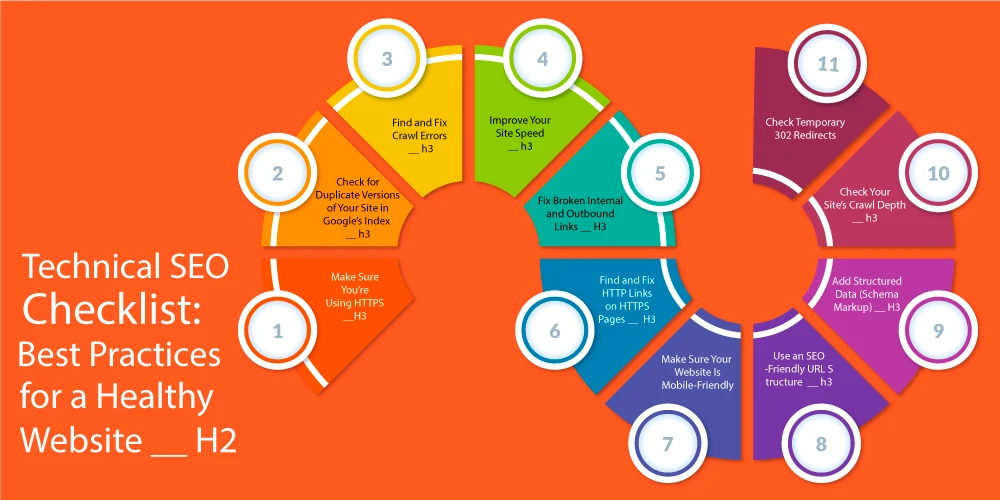
Technical SEO is the foundation of any effective SEO strategy. It ensures that search engines can easily crawl, index, and understand your website. If your technical SEO isn’t up to par, even great content and keywords won’t help you rank. Below is a checklist of essential technical SEO practices to ensure your website runs smoothly and ranks well.
-
Make Sure You’re Using HTTPS
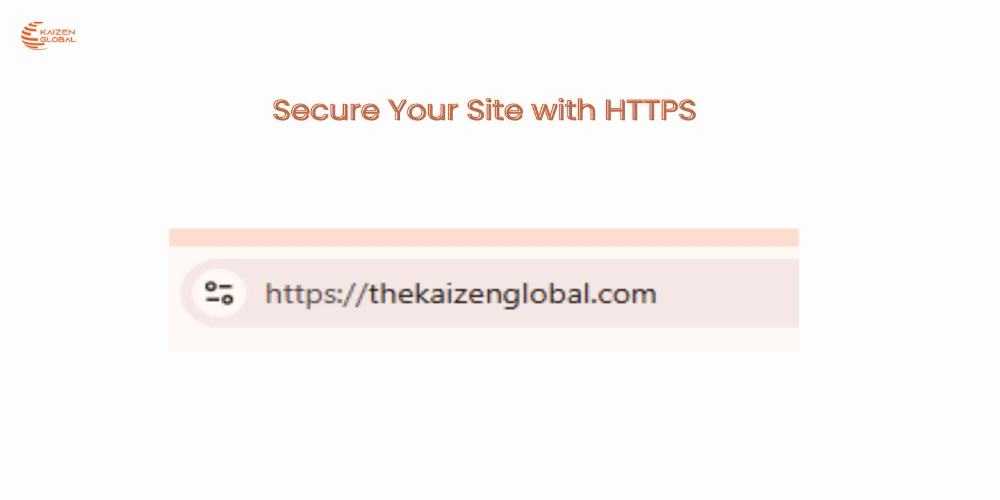
HTTPS is not just about security—it’s also a ranking factor. Google has been using HTTPS as a ranking signal since 2014, so having a secure connection is crucial for both your rankings and your visitors’ safety.
How to check:
Look at the URL in your browser’s address bar. If you see “https://” at the start, you're good to go. If not, you need to set up an SSL certificate for your site.
Pro Tip:
You can also use Semrush’s Site Audit Tool to get a detailed report on any HTTPS issues like insecure resources or expired certificates.
-
Check for Duplicate Versions of Your Site in Google’s Index
Having multiple versions of your site (e.g., with and without "www", or with HTTP and HTTPS) can cause confusion for search engines and users, leading to duplicate content issues and wasted crawl budget.
How to fix:
Make sure all versions of your website (e.g., http://domain.com vs. https://domain.com) point to your preferred version using 301 redirects. Google should only index one version of your site.
-
Find and Fix Crawl Errors
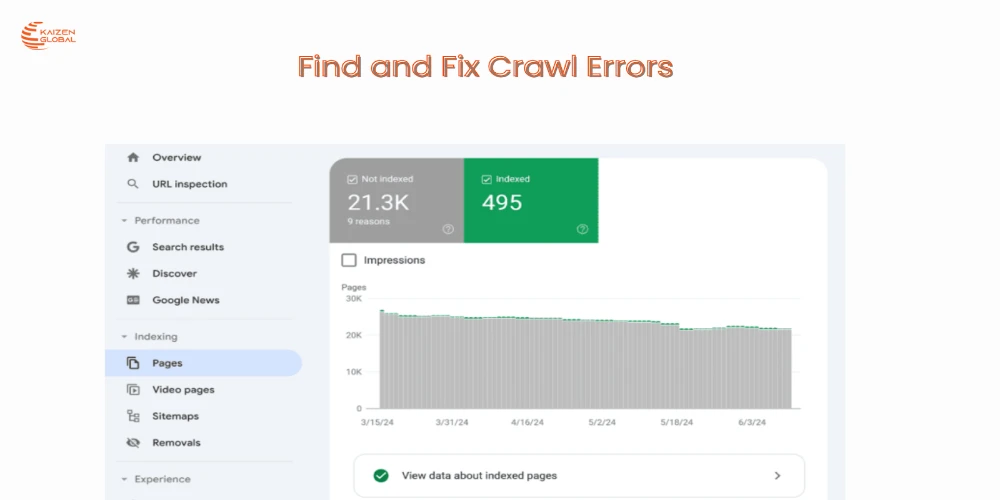
If search engines encounter crawl errors on your site, they won’t be able to index your pages properly, which can hurt your rankings.
How to check:
Use Google Search Console to check for any crawl errors. Navigate to the "Pages" report under "Indexing" and look for the "Not indexed" section to see any pages with issues. These errors could be caused by missing pages or incorrect canonical tags.
Why to fix:
Address any crawl issues by fixing the errors (e.g., restoring deleted pages, correcting broken links, or updating canonical tags).
-
Improve Your Site Speed
Slow sites provide a poor user experience (UX) and can negatively impact your rankings, especially with Google’s emphasis on Core Web Vitals.
How to check:
Use Google’s PageSpeed Insights to assess individual page speed. You’ll see metrics like Largest Contentful Paint (LCP), Cumulative Layout Shift (CLS), and Total Blocking Time (TBT), which directly impact your page’s performance.
How to fix:
Use Semrush’s Site Audit to get an overview of your site’s Core Web Vitals and follow the recommendations to speed up your pages. Common fixes include optimizing images, reducing JavaScript, and leveraging browser caching.
-
Fix Broken Internal and Outbound Links
Broken links (those that lead to a 404 error) create a frustrating user experience and signal poor site maintenance to Google.
How to check:
Use Semrush’s Site Audit to find broken links on your site, both internal and external. In the Internal Linking section, you'll see any links that are pointing to pages that don’t exist.
How to fix:
Update or remove broken links. For internal links, either redirect to a relevant page or adjust the link. For outbound links, either replace them with a valid destination or remove them entirely.
-
Find and Fix HTTP Links on HTTPS Pages
Having outdated HTTP links on your HTTPS pages can cause mixed content issues, which can hurt both security and page speed.
How to fix:
Run a Site Audit to identify any HTTP links within your HTTPS pages. Update them to HTTPS manually or in bulk through your CMS or database. Reducing redirects is important to maintain speed and performance.
-
Make Sure Your Website Is Mobile-Friendly
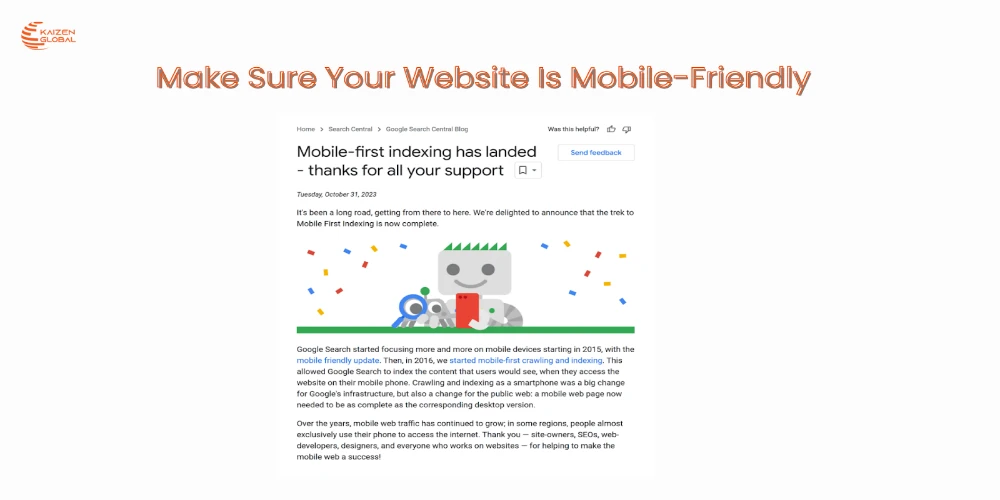
With mobile-first indexing now the standard, Google primarily uses the mobile version of your site for ranking and indexing. If your site isn’t optimized for mobile, you could lose visibility in search results.
How to check:
Use Google Chrome’s Mobile View to test your site on various mobile devices. Right-click on any page, select “Inspect”, and toggle the mobile view to see how it looks across different devices.
How to fix:
Ensure your site is responsive (i.e., adapts to different screen sizes), and make sure text, images, and buttons are legible and easy to interact with on mobile. Focus on mobile-first design and test your pages regularly to ensure a smooth experience for users.
-
Use an SEO-Friendly URL Structure
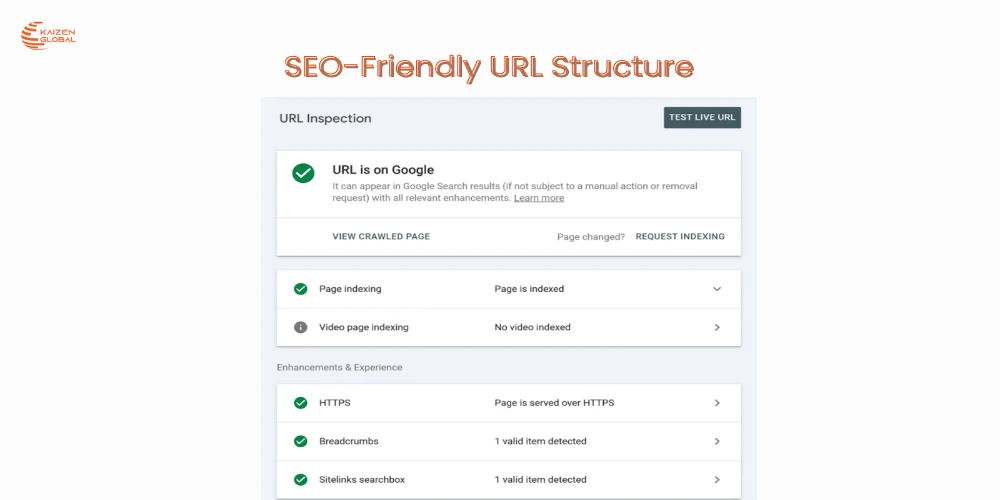
SEO-friendly URLs make it easier for both users and search engines to understand the content of a page.
How to optimize:
- Use short, descriptive URLs (e.g., www.yoursite.com/red-shoes).
- Avoid URLs with long query strings (e.g., www.yoursite.com/category.pjp?id=32).
- Use hyphens (-) to separate words, and never use underscores (_).
Pro Tip:
A clean, descriptive URL structure helps with crawlability and provides a better user experience, making your content easier to find and share.
-
Add Structured Data (Schema Markup)
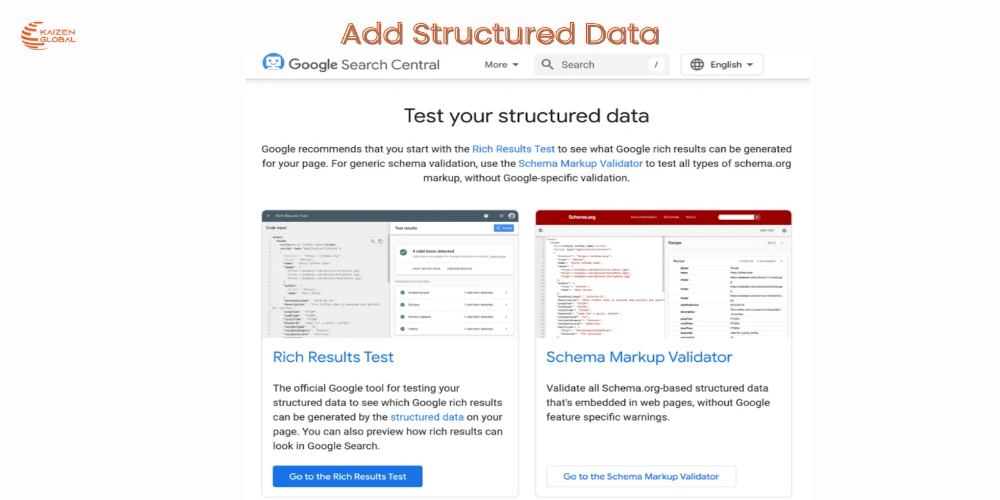
Structured data helps search engines understand the content on your pages and can result in rich snippets that stand out in search results.
How to implement:
Use schema.org markup to provide additional context to your content—such as product details, reviews, events, or articles. Structured data can increase visibility in Featured Snippets and other rich result formats.
Pro Tip:
Use Google’s Structured Data Testing Tool or Semrush’s Site Audit to validate your markup and ensure there are no errors.
-
Check Your Site’s Crawl Depth
The deeper a page is on your site, the harder it is for search engines to find and crawl it. Ideally, your pages should be no more than three clicks away from the homepage.
How to check:
Use Semrush’s Site Audit tool to assess crawl depth and see how easily Googlebot can navigate your site.
How to fix:
Simplify your site’s navigation and add more internal links to key pages to ensure they’re easy to reach. This reduces crawl depth and helps both search engines and users find important content.
-
Check Temporary 302 Redirects
A 302 redirect signals a temporary move, which can be confusing for search engines, especially if the change is meant to be permanent.
How to fix:
Identify any 302 redirects using Semrush’s Site Audit and change them to 301 redirects if the move is permanent. This ensures you’re passing ranking authority properly and preventing future confusion.
-
Find and Fix Redirect Chains and Loops
Redirect chains (where one page redirects to another that’s already redirected) and loops (where two pages redirect back and forth) waste crawl budget and slow down your site.
How to fix:
Use Site Audit to identify redirect chains and loops, and then fix them by making sure redirects lead directly from page A to page B, without multiple hops or back-and-forth redirects.
Content & On-Page SEO Checklist
A solid on-page SEO strategy involves optimizing your content and web pages to deliver a great user experience and signal relevancy to search engines. Use this checklist to ensure your content and on-page SEO are aligned with best practices.
-
Find and Fix Duplicate, Missing, and Truncated Title Tags
Title tags help search engines understand your page’s content and influence click-through rates in SERPs.
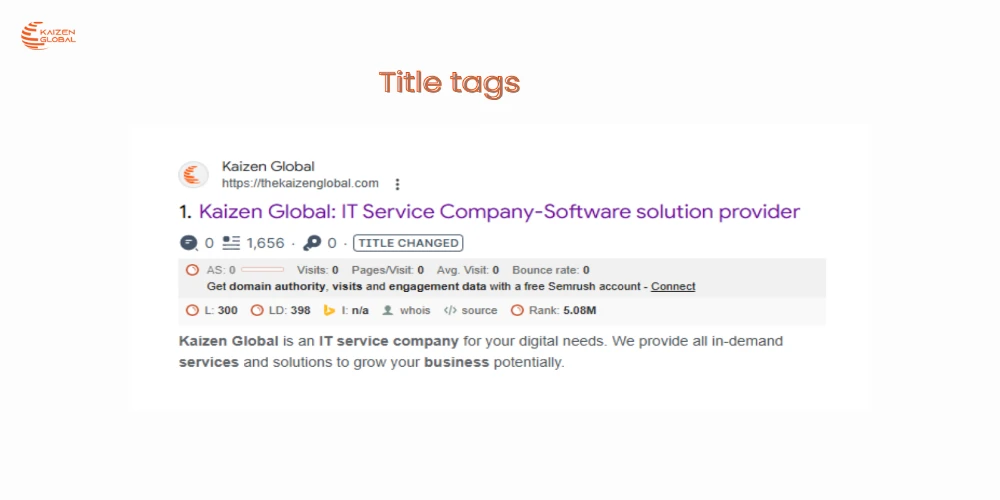
Common issues to avoid:
- Duplicates: Multiple pages with the same title tag can confuse search engines.
- Long title tags: Google truncates titles longer than 60 characters.
- Missing title tags: A missing title tag results in Google auto-generating one.
How to fix it: Use Site Audit to identify missing, truncated, or duplicate title tags and make necessary adjustments.
-
Find and Fix Duplicate and Missing Meta Descriptions
Why it matters: While not a direct ranking factor, meta descriptions influence user clicks in search results and can affect your CTR.
Common issues to avoid:
- Duplicates: Identical meta descriptions across multiple pages.
- Long descriptions: Meta descriptions longer than 160 characters may be cut off.
- Missing meta descriptions: If missing, Google may generate one, which could be suboptimal.
How to fix it: Use Site Audit to find meta description issues and rewrite for clarity and uniqueness.
-
Find and Fix Multiple H1 Tags
The H1 tag defines the main topic of a page. Using multiple H1s can confuse search engines and affect the structure of your content.
Common issues:
- Multiple H1s: There should only be one H1 per page.
- Missing H1s: Every page should have a clear H1.
- Long or unclear H1s: H1s should be concise and descriptive.
How to fix it: Use Site Audit to identify pages with issues related to H1 tags and ensure proper structure.
-
Optimize Title Tags, Meta Tags, and Page Content
Optimization of page titles, meta tags, and content is essential to ranking higher in search results.
How to do it:
- Analyze pages in Google Search Console and focus on keywords with high impressions but low CTR and average position.
- Add keyword variations in the content, meta descriptions, and title tags. Make sure the content remains valuable and relevant to users.
- Missing title tags: A missing title tag results in Google auto-generating one.
How to fix it: Use Site Audit to identify missing, truncated, or duplicate title tags and make necessary adjustments.
-
Audit Your Site’s Existing Content
Content audits help identify outdated content, gaps, and optimization opportunities.
How to do it:
- Regularly track page traffic using Google Analytics and On Page SEO Checker.
- Compare high-performing pages to underperforming ones and update them with fresh insights, keywords, or better formatting.
-
Ensure Images Use Alt Text
Alt text describes images for search engines and helps with accessibility for users with visual impairments. Optimizing alt text can increase traffic from both organic search and Google Images
How to do it: Use Site Audit to find missing or incorrect alt attributes and update them to be relevant and descriptive.
-
Improve Internal Linking
Internal links help users and search engines navigate your site, spreading authority and boosting SEO.
How to do it:
- Use Site Audit’s Internal Linking Report to identify pages with few or no internal links.
- Add relevant internal links to pages that need more authority or traffic, keeping the user experience in mind.
-
Find and Fix Keyword Cannibalization Issues
Why it matters: Keyword cannibalization occurs when multiple pages target the same keyword, which can hurt rankings.
How to do it:
- Use Position Tracking to track your keywords and identify cannibalization.
- Merge or re-optimize pages, set canonical tags, or remove and redirect conflicting pages.
-
Find and Fix Orphaned Pages
Orphaned pages have no internal links pointing to them, making them harder for search engines to find and index.
How to do it: Use Site Audit to find orphaned pages and link them from other relevant pages on your site to improve their visibility and authority.
-
Ensure Your Site’s Content Is Up to Date
Outdated content can hurt your site’s performance in search results. Regularly updating content improves user experience and keeps it relevant for both users and search engines.
How to do it: Use tools like On Page SEO Checker: to identify underperforming pages and update them with fresh content, relevant keywords, and updated information.
Off-Page SEO Checklist
Off-page SEO is about improving your site’s authority through external signals like backlinks, brand mentions, and local SEO. Here’s your checklist for boosting your site’s authority and off-page performance.
-
Analyze Your Competitors’ Link Profiles
Understanding your competitors’ backlink profiles helps you uncover opportunities to acquire valuable backlinks.
How to do it:
- Use Backlink Analytics to analyze competitors’ backlinks.
- Identify high-quality backlinks pointing to their site and see if you can acquire similar links.
-
Conduct a Link Intersect Analysis
By finding backlinks your competitors have but you don’t, you can discover new link-building opportunities.
How to do it:
- Use Backlink Gap Tool to compare your backlink profile with competitors’ profiles.
- Reach out to sites linking to competitors and ask for backlinks to your site, especially if your content is superior.
-
Turn Unlinked Mentions Into Links
Unlinked mentions are brand mentions without backlinks. You can reach out to these sites to convert them into backlinks.
How to do it:
- Use Brand Monitoring to identify unlinked mentions of your brand.
- Contact the page owners to thank them for the mention and politely request a backlink.
-
Find New Link Building Opportunities
Continuously pursuing new link-building opportunities is crucial for growing your site's authority.
How to do it:
- Use Link Building Tool to find potential prospects for backlinks.
- Reach out to them with relevant content or offers that align with their site’s needs.
-
Set Up and Optimize Your Google Business Profile
For local businesses, having an optimized Google Business Profile helps increase visibility in local search and Google Maps.
How to do it:
- Make sure your business profile is complete and accurate.
- Upload quality photos and update your profile regularly.
- Connect your profile to Semrush’s Listing Management Tool for insights and optimization opportunities.
Your Mobile SEO Journey Starts Here
Mobile SEO may seem like a lot to tackle, but with the right approach, you can build a strategy that delivers results. From optimizing technical elements to leveraging tools like Google Search Console and GA4, every step brings you closer to a seamless mobile experience and better search rankings.While trends evolve, focusing on essentials like mobile usability, site speed, and keyword prioritization will ensure your success in the long run. At Kaizen Global, we specialize in helping businesses like yours adapt to the mobile-first world.
Use this guide as your roadmap, and remember that SEO is an ongoing process—not a one-time fix. With consistent effort and expert support from Kaizen Global, your website will be well-positioned to thrive in the mobile era.
Insights
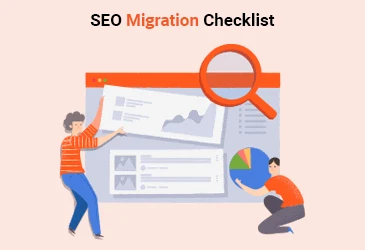
25-Step SEO Migration Checklist
Migrating your website can feel like a daring task filled with potential challenges. No matter if you're redesigning your site ...
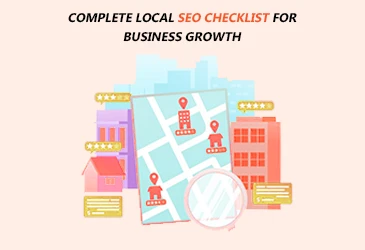
Local SEO Checklist: Maximize Your Local Reach
Local search engine optimization (SEO) has become essential for businesses aiming to connect with their community and attract nearby ...

On- page SEO Checklist for Optimal Performance
On-page SEO refers to the optimization strategies that can be implemented directly on your website’s pages. Proper on-page SEO ...